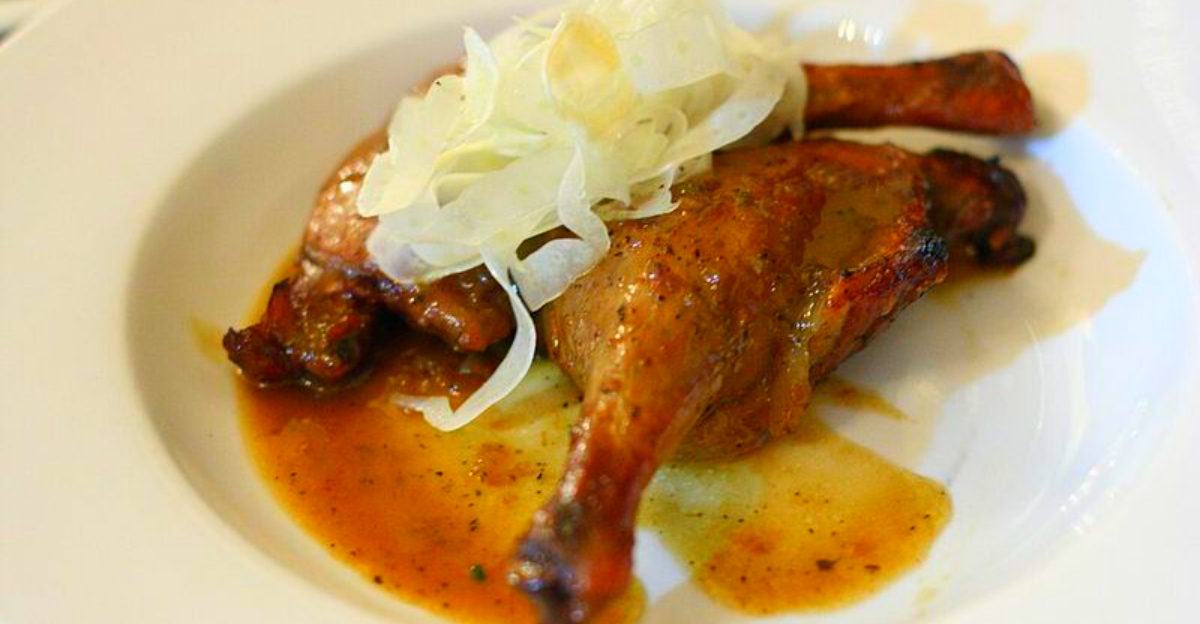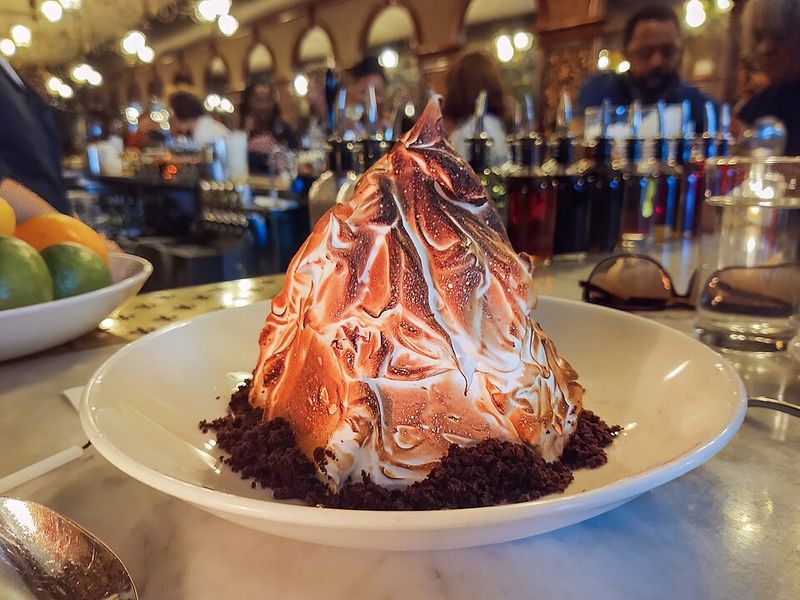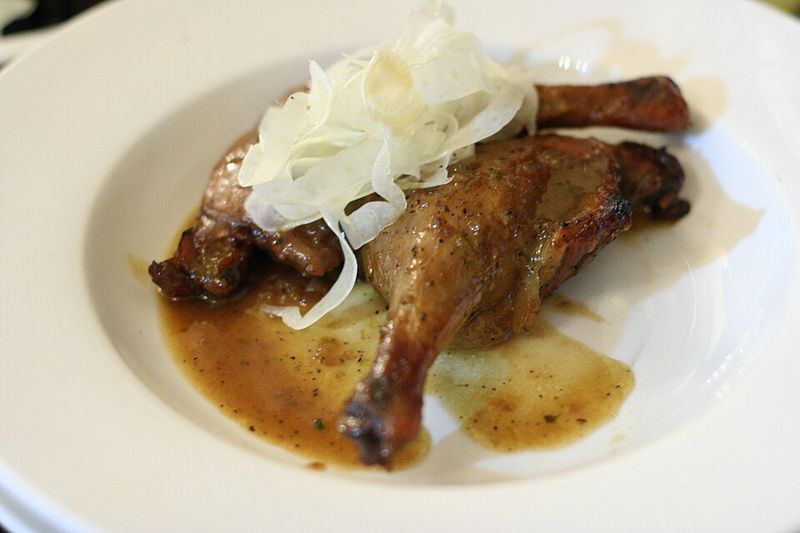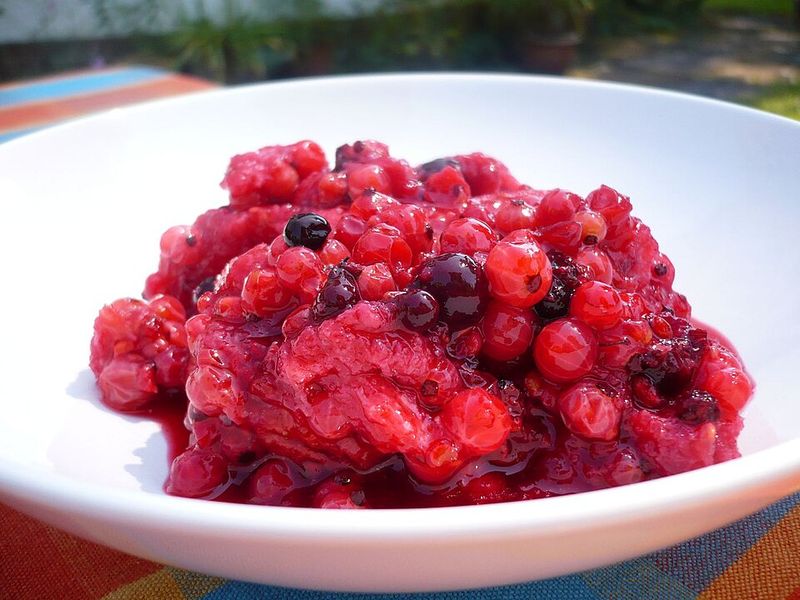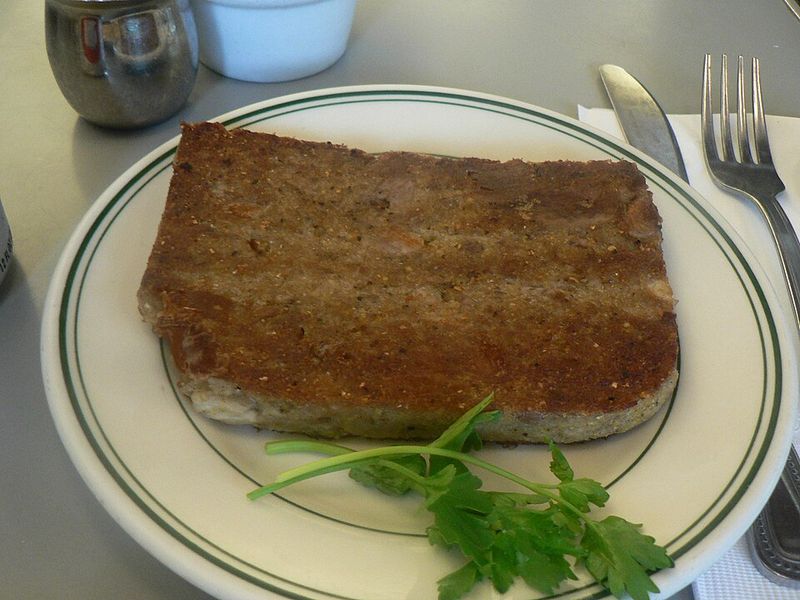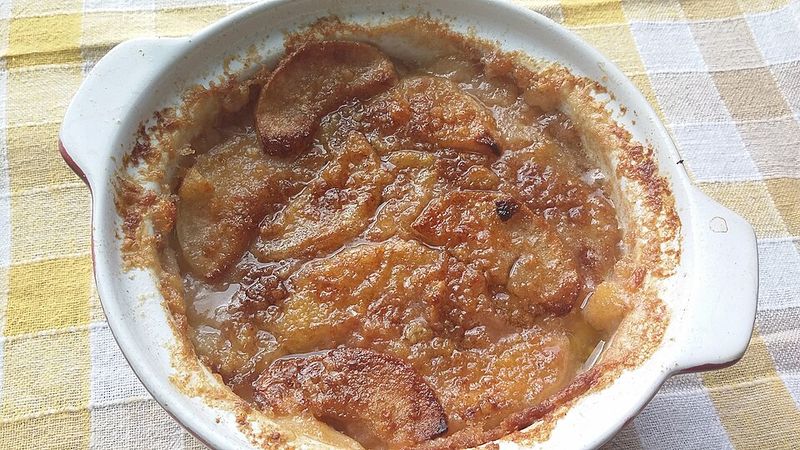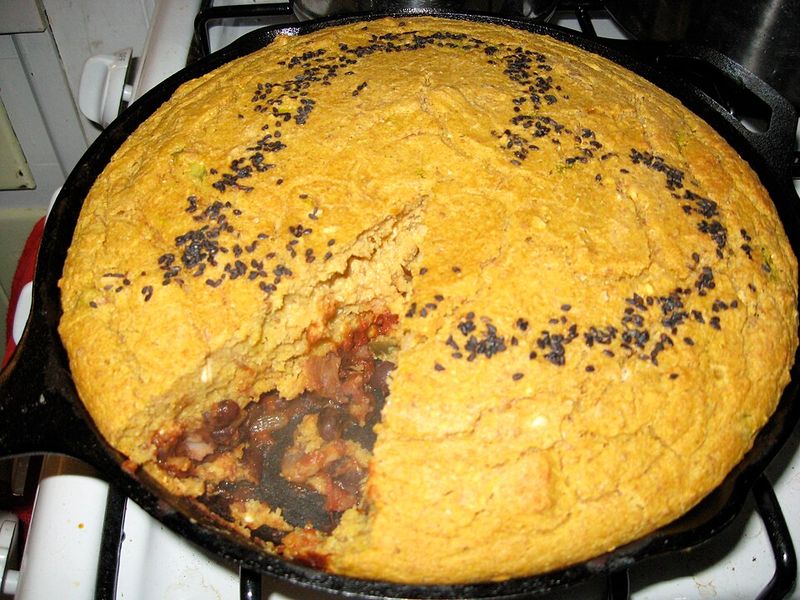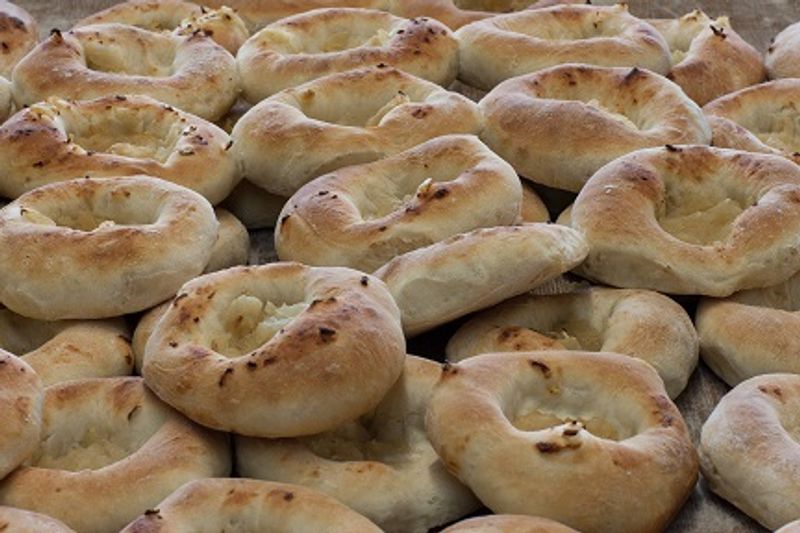These timeworn dishes once defined family tables, village fairs, and holiday spreads – but many are slipping from everyday kitchens. As fast food and shortcuts take center stage, the rituals, aromas, and stories tied to these recipes risk fading with our elders. You’ll discover the flavors that built communities, the techniques modern gadgets forgot, and the reasons these plates still matter. Ready to rescue unforgettable tastes before they vanish for good?
1. Baked Alaska
Baked Alaska dazzled dining rooms with drama: a cold heart wrapped in warm meringue. Sponge or genoise cradles ice cream, the whole dome torched or briefly baked until peaks bronze. It’s a paradox of temperatures that once crowned celebratory menus and hotel banquets. Today, few home cooks tackle the delicate timing and assembly. Freezers, blowtorches, and patience must cooperate. As convenience desserts proliferate, the ritual fades. Reviving it means embracing spectacle and precision – tempering sweetness, choosing seasonal ice creams, and serving immediately. One slice can rekindle wonder: warm, toasted meringue yielding to chilled silk.
2. Vol-au-Vents
Vol-au-vents are feather-light pastry shells that once graced cocktail parties and Sunday lunches. Their appeal lies in contrasts: shattering puff, luxurious fillings, and bite-size elegance. Classic versions brim with chicken and mushroom in velouté, seafood in Nantua, or creamy leeks. They fell from favor as canapés got trendier and store-bought shells lost finesse. Making them properly means laminating pastry or sourcing quality all-butter puff, cutting lids, and baking to honeyed flake. Fillings must be silken, not stodgy, with judicious seasoning and fresh herbs. When done right, one bite whispers: hospitality with polish.
3. Swiss Roll
The Swiss roll’s grace is its simplicity: a thin sponge spread with jam or cream, rolled while warm to memorize its spiral. Many avoid it fearing cracks, yet proper technique – warm roll, parchment, and swift hands – prevents heartbreak. Traditional versions use raspberry jam for tang against tender crumb. Whipped cream or chocolate buttercream offer festive detours. Industrial snack cakes dulled its charm, but homemade brings fragrance and spring. Serve with tea, marveling at the pinwheel cross-section. Reviving it trains bakers in timing, touch, and restraint – skills that translate everywhere. Plus, it slices into perfect, shareable joy.
4. Beef Wellington
Beef Wellington was the ultimate dinner-party flex: rosy tenderloin swaddled in duxelles, sometimes prosciutto, all wrapped in crackling puff pastry. Its decline tracks with cost, time, and fear of overcooking. Precision saves it – searing, chilling, and wrapping to keep juices at bay. A meat thermometer is essential, as is drying the duxelles until jammy. The result is architecture and aroma: butter, fungi, and beef in symphony. Serve with Madeira jus and bitter greens. Each slice shows craftsmanship in layers. Restoring it means honoring patience, technique, and the breathtaking moment pastry yields to blush-pink beef.
5. Tiramisu
Tiramisu’s fame spawned shortcuts that dulled its soul. The original thrives on balance: properly strong espresso, real mascarpone, barely sweetened egg yolks, and a dusting of bitter cocoa. Alcohol is optional but elegant – Marsala or rum, not cloying liqueurs. Ladyfingers should soak briefly, retaining structure. Resting overnight coaxes harmony, revealing creamy lift and coffee depth. It’s no-bake, yet precision matters: gentle folding, chilled confidence, and restraint. As bakeries swap in whipped cream and instant coffee, the classic retreats. Bringing it back is easy – choose honest ingredients, respect texture, and let espresso sing.
6. Duck à l’Orange
Duck à l’Orange once defined polished French dining: crisp-skinned bird with a bittersweet citrus glaze. It fell from fashion as tastes drifted lighter and patience waned. Success hinges on rendering fat slowly, keeping skin taut and crackling. The sauce blends stock, caramel, and orange zest, tempered with vinegar or Grand Marnier to cut richness. Balanced acidity lifts the duck’s depth rather than candying it. Serve with chicory or fennel to echo bitterness. When executed well, each bite glows – savory, tart, and aromatic. Reviving it restores ceremony and a masterclass in managing fat and brightness.
7. Summer Pudding
Summer pudding is thrifty brilliance: bread lined in a basin, filled with sugared, gently cooked berries. As it chills, juices stain the crumb a regal purple. Once ubiquitous in British summers, it’s now overshadowed by patisserie and convenience desserts. The secret is tart fruit – currants, raspberries, blackberries – and bread that’s firm yet absorbent. Weighting the pudding ensures a tight, sliceable dome. Serve with pouring cream to soften the acidity. It tastes of hedgerows and holidays, a fleeting season captured. Reviving it reconnects cooks to foraging, preserving, and the joy of a dessert that’s both humble and stunning.
8. Meatloaf
Meatloaf once solved weeknight hunger and Sunday leftovers alike. Today it battles a reputation for dryness and monotony. The cure is technique: panade for moisture, a blend of meats for flavor, and gentle mixing to avoid toughness. Onions should be sweated, not raw. A tangy glaze – ketchup, vinegar, brown sugar – lacquers the exterior. Resting before slicing keeps juices. Variations abound, from mushrooms and thyme to cheddar-stuffed versions, yet the classic comforts best. Serve with mashed potatoes and greens. Rescuing meatloaf honors frugality and family tables, proving that simple, well-treated ingredients can be deeply satisfying and dignified.
9. Pavlova
Pavlova marries fragility and indulgence: a crisp meringue shell guarding a marshmallow interior, heaped with barely sweet cream and tangy fruit. It can intimidate with humidity, cracking, or weeping, sending bakers to safer desserts. Success demands clean bowls, slow sugar additions, and a low, lingering bake. Cooling in the oven prevents collapse. Toppings should sing with acidity – passionfruit, berries, stone fruit. Sugar is a seasoning, not a blanket. Slice gently with a serrated knife. Reviving pavlova reinstates a celebratory centerpiece that tastes like clouds and sunshine, reminding us airy desserts can still carry vibrant character.
10. Stargazy Pie
Stargazy pie, a Cornish legend, sets pilchards or mackerel beneath pastry with heads poking skyward. The spectacle seals in juices while honoring a fishing heritage. Modern squeamishness and dwindling small fish consumption hastened its decline. Done properly, the creamy sauce is anchored with stock and parsley, not cloying. Bacon and eggs enrich, while lemon brightens. Use sustainable oily fish for authenticity. The dish celebrates resourcefulness and coastal lore – a centerpiece that sparks conversation. Bringing it back means embracing whole-fish cookery and the humor of those star-gazing heads, elevating humble catch into memorable, meaningful fare.
11. Shaker Lemon Pie
Shaker lemon pie turns whole lemons into a sweet-tart revelation. Thinly sliced fruit macerates with sugar to soften rinds, then bakes into a shimmering, marmalade-like filling. It’s vanishing as boxed curds and premade pies dominate. The key is paper-thin slices and proper maceration – at least overnight – for tender peels. A sturdy, flaky crust tames juiciness. Bitterness should whisper, not shout, balancing sunshine brightness with depth. Serve slightly warm, the filling just set. This pie champions nose-to-tail produce, wasting nothing, teaching knife skills and patience. Each bite tastes like lemonade with a confit twist.
12. Scrapple
Scrapple embodies thrift from Pennsylvania Dutch kitchens—pork trimmings simmered into rich stock, thickened with cornmeal, set, then fried. Industrial meats and changing breakfast habits pushed it aside. The best versions highlight spice warmth – sage, black pepper, maybe nutmeg – and a crackly crust contrasting custardy interior. Slice thick, fry in lard or butter, and serve with eggs or apple butter. Quality offal or shoulder scraps matter; seasoning blooms as it cools. Homemade scrapple turns byproducts into comfort, teaching nose-to-tail respect. Reclaiming it anchors breakfasts in heritage and flavor, not just convenience and sugar.
13. Brown Betty
Brown Betty is the quiet cousin of cobbler and crumble – layered buttered crumbs and spiced apples baked to toffee warmth. Its simplicity hid in church cookbooks and fell behind trendier desserts. Bread or cracker crumbs, not oats, define its texture; butter should be generous, sugar restrained. Tart apples keep balance, while lemon and cinnamon steady the sweetness. Serve warm with cream or ice cream. It’s weeknight-easy yet company-worthy, a thrift dessert using stale bread brilliantly. Reviving Brown Betty restores a pantry dessert that respects waste and delivers deep comfort with minimal effort.
14. Lutefisk
Lutefisk, dried whitefish reconstituted and treated before a gentle cook, divides diners yet anchors Scandinavian heritage. Its decline follows shifting palates and time-intensive preparation. When done with care, it’s tender, pearly, and mild, pairing beautifully with brown butter, peas, and crisp bacon. The ritual – soaking, changing water, precise timing – matters as much as flavor. Community dinners once turned it into celebration. Reviving lutefisk isn’t about nostalgia alone; it teaches preservation, resourcefulness, and patience. Serve with aquavit and laughter, and it transforms from curiosity to comfort, a winter tradition that warms long nights.
15. Hoppin’ John
Hoppin’ John, a Lowcountry staple, marries field peas and rice with the whisper of smoked pork. New Year’s luck once guaranteed its place; now quick sides eclipse slow-cooked beans. True flavor blooms from patient simmering, quality peas, and aromatic trinity. Rice should be tender, not mushy, and pork merely supportive. Finish with scallions and a splash of vinegar for lift. Leftovers become Skippin’ Jenny, proof of thrift. Reviving it honors Gullah Geechee roots and agrarian wisdom, putting legumes back at the center of nourishment and community tradition.
16. Maultaschen in Broth
Maultaschen, Swabian stuffed dumplings, earned the nickname “God’s cheat,” hiding meat during Lent. Today, packaged versions overshadow the lovingly hand-filled originals. The pasta should be tender yet resilient, encasing seasoned meat, spinach, and breadcrumbs. Simmer gently in broth – don’t boil aggressively – or pan-fry in butter after. Nutmeg and marjoram give recognizable warmth. Serving in clear broth showcases craft and comfort. Making maultaschen teaches rolling, sealing, and respectful seasoning. Restoring them to the table preserves regional identity and the communal joy of an afternoon spent folding parcels of solace.
17. Coddle
Dublin coddle is layered comfort built from leftovers—sausages, bacon, onions, and potatoes gently stewed. It’s waned as diners seek lighter fare and precise plating. The magic is in low heat and patience: starches mingle with porky savor to create a broth that’s more whisper than shout. Use quality bangers, keep seasoning restrained, and finish with parsley for freshness. Brown bread soaks up the goodness. It’s a weeknight hug that rewards frugality and timing, reminding cooks that humble layering and restraint can yield deep, familial warmth.
18. Tamale Pie (Skillet)
Tamale pie is a casserole-era invention translating chili and corn masa flavors for busy households. It faded as Tex-Mex evolved and scratch tamales gained deserved attention. Made thoughtfully, it’s still delicious: a spiced beef or bean base with tomatoes and aromatics, crowned by tender corn batter. Avoid sugar-heavy cornbread; aim for masa savor and moisture. Bake until the top steams and the filling bubbles. Serve with pickled onions and crema for brightness. Reviving it honors midcentury ingenuity while respecting roots – comforting, weeknight-simple, and perfect for gathering around the table.
19. Risalamande
Risalamande, a Danish Christmas dessert, folds whipped cream and almonds into rice pudding, crowned with warm cherry sauce. A hidden whole almond once promised a prize, making dessert a game. Convenience puddings and lighter finales edged it out. The key is gentle rice cooking, vanilla perfume, and barely sweet cream. Texture should be lush but spoonable, with almond crunch. Serve chilled with hot sauce for contrast. Reviving risalamande restores playful tradition, communal anticipation, and the cozy elegance of simple ingredients transformed into celebration.
20. Bialy
The bialy, cousin to the bagel, bakes without a boil and carries a crater of onions and poppy seeds. As bakeries streamlined offerings, bialys thinned out or vanished. A proper one has a tender, chewy crumb with flavorful wheat and deeply caramelized onion. The center should be dimpled, not a hole, capturing savory sweetness. Eat warm, spread with butter or cream cheese. Home bakers can revive it with high-hydration dough, long fermentation, and patience. Each bite preserves a slice of immigrant bakery history, fragrant with community and craft.
